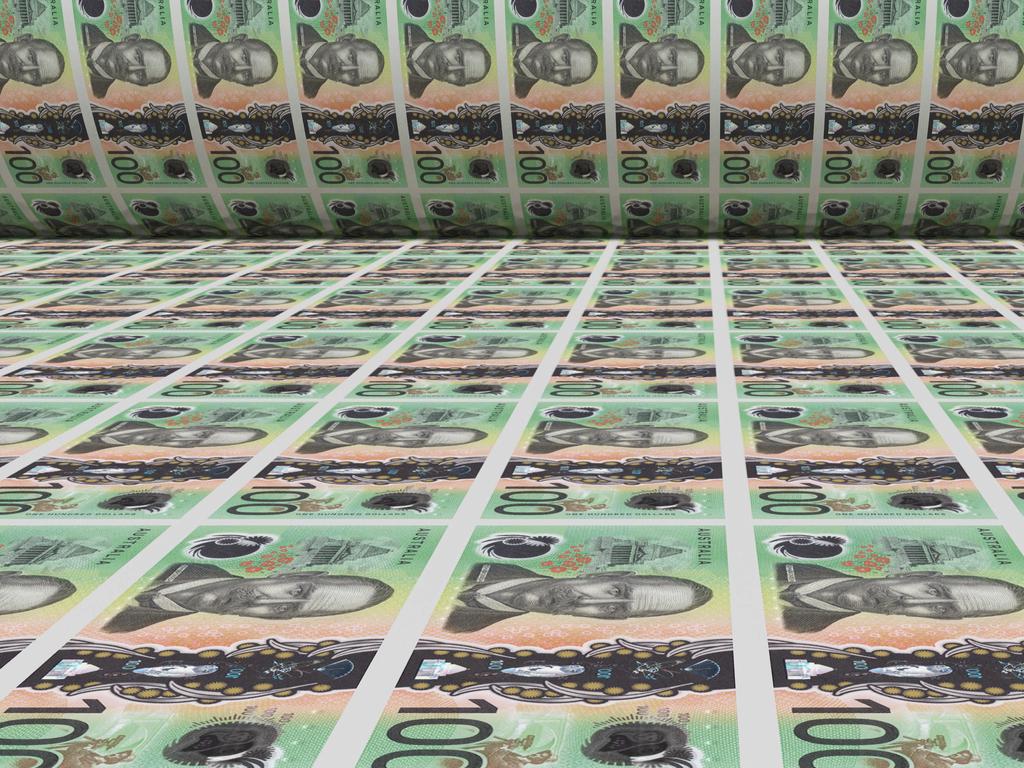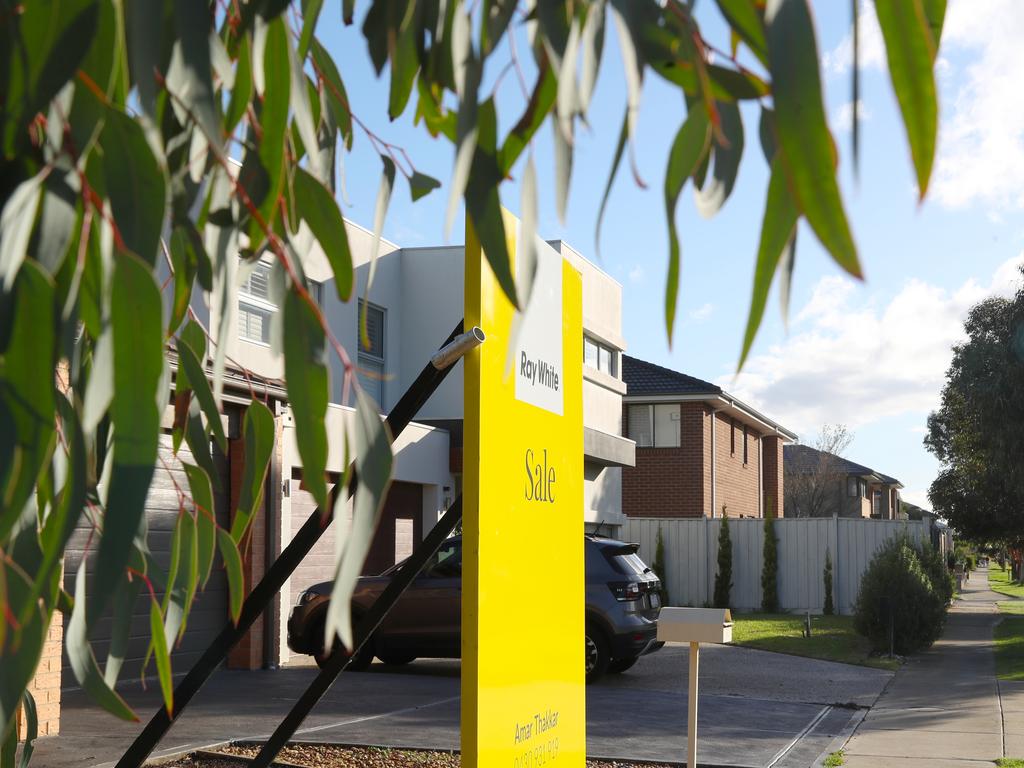Some new debt lessons for Treasurer Jim Chalmers


The reality is actually very different, which I will outline below. But it does raise the question of why he continues to make this misleading statement.
The answer is in two parts. The first is to give the impression that he has been left with a fiscal mess that he must clean up but his options are limited. I’m not completely unhappy with this rationale.
The second is much scarier. The Labor government easily could get to $1 trillion of government debt because it has ambitious unfunded spending plans that won’t be thwarted but it will blame the Coalition government for the high level of indebtedness.
Let me explain a fact or two. There is gross government debt and net government debt. According to the Department of Finance, “net debt is the sum of interest-bearing liabilities less the sum of selected financial assets (cash and deposits, advances paid, and investment, loans and placements)”.
Once upon a time when Labor was in office and the treasurer was Wayne Swan, gross debt was regarded as irrelevant and only net debt figures were provided in the budget papers. In other words, net debt was the best measure of the strength of the government’s financial position. Indeed, it is close to impossible to find any gross debt figures in any of the budget information presented during the Rudd-Gillard-Rudd years. On this basis we should assume the current Treasurer is still concerned with net, not gross, government debt.
What happened in those earlier Labor years? Government net debt went from minus $40bn or negative 3.4 per cent of gross domestic product when Labor came to office in 2007 and it stood at $210bn or 13 per cent of GDP when the Labor government was voted out.
To be sure, the global financial crisis had taken its toll on public finances in terms of lost receipts and particularly higher payments. But whenever the net debt figures were presented, the point was made that Australian government debt was low by international standards. (The Coalition government followed the same messaging.)
What do we know about the current level of government net debt, and where is it heading? According to the March budget, net debt was expected to come in at $632bn or 27.6 per cent of GDP last financial year. Even at the end of the forward estimates in 2025-26, net debt was forecast to be considerably under $1 trillion – at $865bn.
To be accurate, Chalmers needs to concede he has not inherited $1 trillion of (net) debt. Of course, assumptions can be made beyond the forward estimates that could put net debt above $1 trillion. But given Chalmers is now in charge, he could make this happen or prevent it. Don’t get me wrong here; the Coalition engaged in a spending spree to avert what it thought might be the extremely damaging economic effects of the pandemic. And as result government net debt shot up from $491bn in 2019-20 to $632bn in 2021-22. (By the way, gross debt was $906bn last financial year.) In retrospect, the government probably overreacted and along with the actions of the Reserve Bank set off the current bout of inflation. But the Labor opposition supported the government’s measures in nearly every instance; indeed, it urged the government to extend the expensive JobKeeper program.
Let me come to the Department of Finance’s monthly financial statement for May this year. Now normally this document is about as interesting as the shipping news; this edition was different because it revealed just how inaccurate the Treasury’s forecasts about the budget were just two months after it was delivered.

Instead of the underlying budget cash balance being negative $60.5bn for the year ending in May, the expectation is that it was now negative $33.4bn. That is, the budget deficit is now nearly half of what it was expected to be just two months. (You might ask what Treasury is doing, but I will leave that for another column.) When it comes to net debt, the new figure is $517bn for the full financial year rather than $632bn. Note here, Jim, this is a very long way off $1 trillion. The reduction in the net debt is due to the decline in the market value of Australian government securities due to higher yields and the improved budget position.
We should acknowledge the work of the Australian Office of Financial Management in extending the average maturity of the government’s debt portfolio. According to the AOFM, “the weighted average term to maturity on the stock of Treasury bonds rose from 4.8 years in 2009-10 to around 7.2 years” in 2022. The weighted average yield of recent bond issuances in 2020 and 2021 was about 1 per cent. It’s just a pity more wasn’t locked in at such low rates for longer. So the next time you hear Chalmers talk about the $1 trillion in debt he inherited, you should realise this figure has no veracity. The Treasurer needs to move on and deal with the hand he was dealt. And here’s the thing: in many ways he has been dealt a very good hand.
In particular, the terms of trade are at a historic high and the net export sector is making a major contribution to our GDP growth. In turn, we are experiencing high rates of growth in nominal GDP, which is the principal driver of tax receipts. According to the recently released national accounts for the June quarter, nominal GDP was growing at an annual rate of 12.1 per cent.
In contrast with the absurdly pessimistic forecasts of commodity prices made by Treasury in the March 2022 budget, prices across the board are holding up extremely well, including for thermal coal. Low unemployment is also restricting the growth of government payments.
In this sense, it is a great time to be treasurer. The challenge for Chalmers is to ensure poor-quality spending is cut from outlays and new spending is kept to a minimum. He may want to revisit the ill-considered additional spending on childcare, for example. He also needs to be mindful of adding more pressure to an overheated, inflation-prone economy and thus shifting the adjustment to even higher interest rates imposed by the Reserve Bank.
More Coverage







How many times have we been told by Jim Chalmers that the Labor government has inherited $1 trillion of government debt? Indeed, the Treasurer prefaces many of his remarks about the economy and budgetary policy by alluding to the supposed $1 trillion of debt he has to manage.